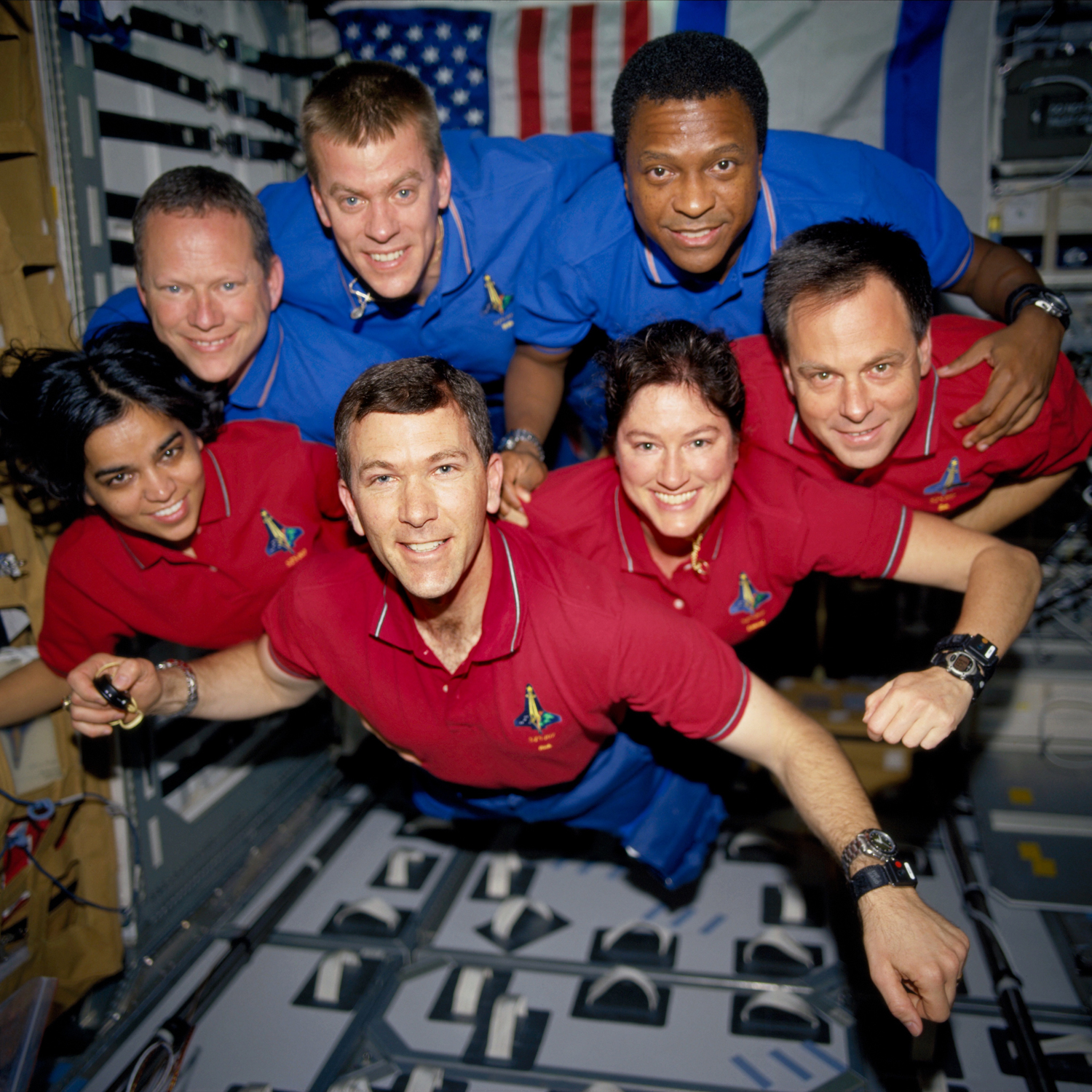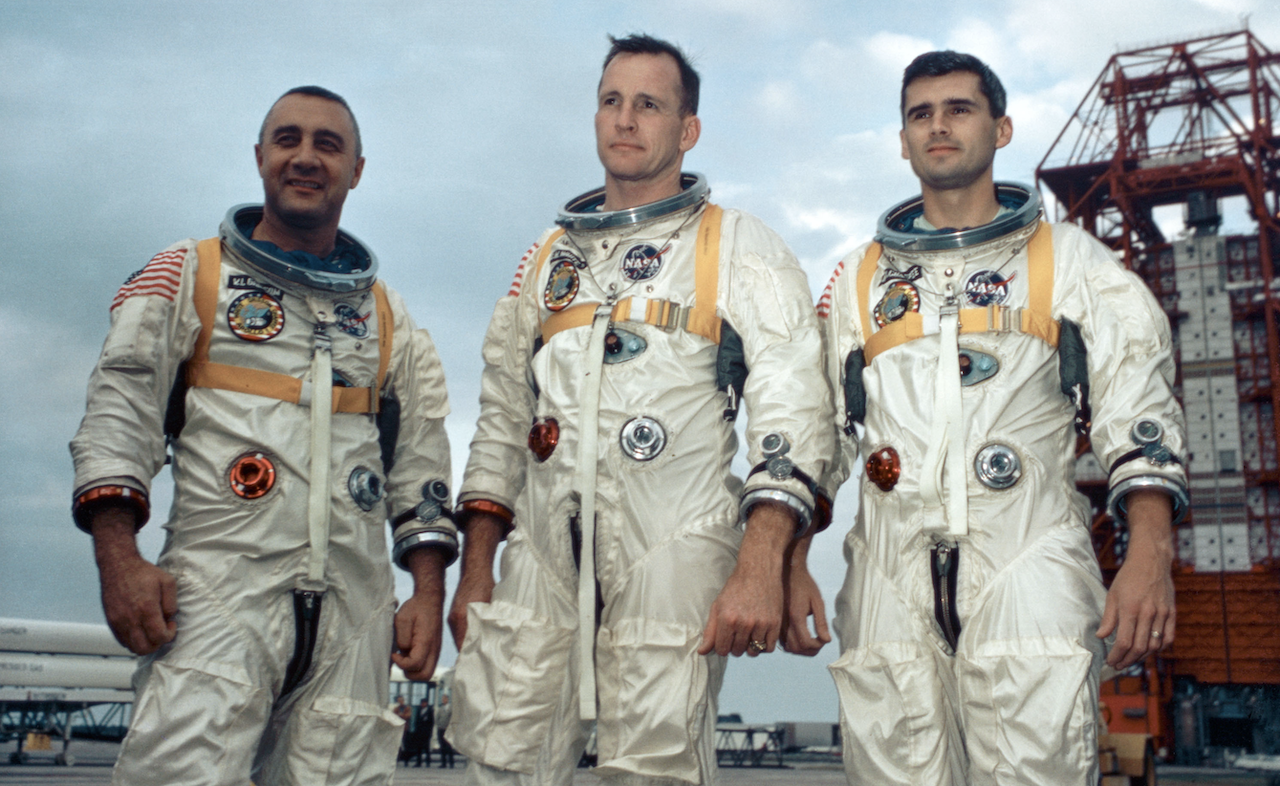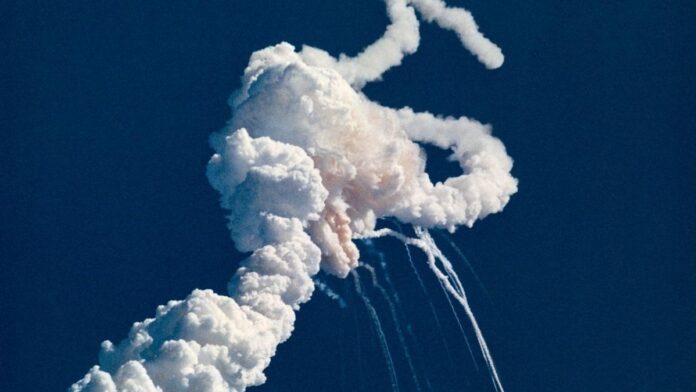The day before the Challenger launch disaster, senior NASA official James Beggs made an urgent phone call to the agency’s chief engineer.
Beggs was on temporary leave from his NASA administrator position on Jan. 27, 1986 due to a brief legal matter unrelated to his agency work. While watching pre-launch television coverage of Challenger, Beggs (and many others) spotted icicles on the launch tower. But neither Beggs nor engineer Milt Silveira could get a hold of the launch decision team to stop the countdown.
“He’s calling the Cape, begging them to stop the count,” current NASA administrator Bill Nelson said of Beggs during a televised NASA town hall today (Jan. 24). “And they won’t take his call, because he’s not the administrator. There was [instead] an acting administrator.” (That person was William Graham.)
Beggs, who died in 2020 at age 94, only said in his 2002 NASA oral history (opens in new tab) that the launching team was “sequestered” and unresponsive to calls when recalling that incident. Regardless, the launch decision was catastrophic: After spending overnight in freezing temperatures, the shuttle Challenger exploded the following morning with seven people on board, in part due to a mechanical failure induced by the cold.
Nelson, who completed space shuttle mission STS-61-C on Columbia just 10 days before Challenger’s launch, said he “collapsed to his knees” when he heard about the explosion and the loss of the newly launched crew.
Related: The lessons learned from the fatal Challenger shuttle disaster echo at NASA 35 years on
NASA commemorated Challenger and all those who died in the pursuit of spaceflight in the town hall, held two days before the agency’s annual Day of Remembrance that discusses spaceflight safety and commemorates people of all nations who have lost their lives during a spaceflight, or in training or testing to get there.
More than 20 names are inscribed (opens in new tab) on a Space Mirror Memorial (opens in new tab) at NASA’s Kennedy Space Center Visitor Center Complex near Orlando, Florida, which includes most astronauts who died while serving at space agencies or during private spaceflights. The most recent name, Virgin Galactic SpaceShipTwo co-pilot Michael Alsbury (opens in new tab), was added in 2020 (opens in new tab).
NASA’s Day of Remembrance takes place each year close to three significant failures in spaceflight: Challenger’s loss on Jan. 28, 1986; a fatal fire that claimed three Apollo 1 crew members on Jan. 27, 1967; and the breakup of shuttle Columbia with seven crew members on board on Feb. 1, 2003. This year will mark the 20th anniversary of mission STS-107 aboard Columbia, along with the 37th anniversary of mission STS-51L on Challenger and the 56th anniversary of Apollo 1’s launch pad fire.
Each of these incidents arose from a complex intersection of human and technical error, and NASA officials acknowledged in the town hall that the Day of Remembrance remains not only delicate, but relevant. Lessons learned are especially front in mind, agency officials emphasized, as NASA flies new human-rated vehicles that are relatively untested in spaceflight.
Related: Do space tourists really understand the risk they’re taking?

Orion made it around the moon last year and back again during Artemis 1, but only with mannequins in the crew seats. Boeing’s Starliner docked with the International Space Station in 2022 as well, but with no astronauts yet on board.
Meanwhile, SpaceX’s Crew Dragon has flown eight times with people on board: Twice for private ventures and half a dozen times for NASA. Those are still relatively low numbers compared to the space shuttle or Russia’s Soyuz spacecraft, which have exceeded 130 flights each, but Dragon’s flight rate is comparable to older NASA programs like Mercury or Gemini.
To be sure, older programs can also be prone to safety issues, but young spacecraft are subject to larger unknowns simply due to a lack of flight knowledge. NASA plans to include additional safety briefings this year on top of its monthly safety panel discussions as one step to keeping engineers informed, agency officials said.

“We all know when we’re trying something new, we’re never going to be 100 percent safe because there are things that we can’t predict that might happen,” NASA deputy administrator Pam Melroy, a former shuttle astronaut, told attendees at the town hall. “But each of us should remember that it could happen to us.”
Nelson, Melroy and associate administrator Bob Cabana, who have all flown in the space shuttle, repeatedly emphasized that responsibility for spaceflight safety lies with everyone, including management. Cabana recalled personally briefing the families of the Columbia astronauts about their deaths, after standing at the landing runway at NASA’s Kennedy Space Center in vain for STS-107’s return.
“I knew that it was preventable. I knew we could have done something,” Cabana said of the fatal breakup that killed seven astronauts 20 years ago this year. “It’s very hard. I was the one that had to tell the families they weren’t coming home. I don’t ever want to have to do that again.”
Elizabeth Howell is the co-author of “Why Am I Taller (opens in new tab)?” (ECW Press, 2022; with Canadian astronaut Dave Williams), a book about space medicine. Follow her on Twitter @howellspace (opens in new tab). Follow us on Twitter @Spacedotcom (opens in new tab) or Facebook (opens in new tab).

